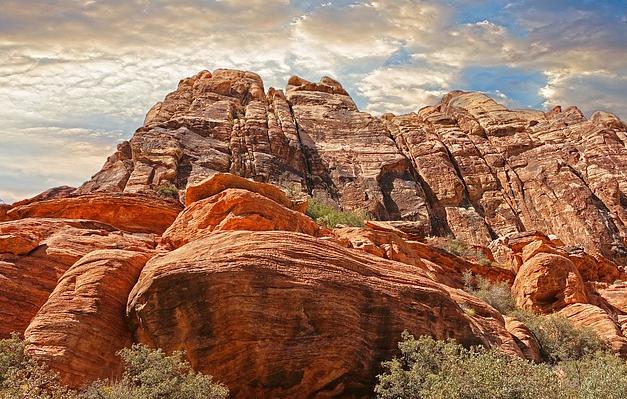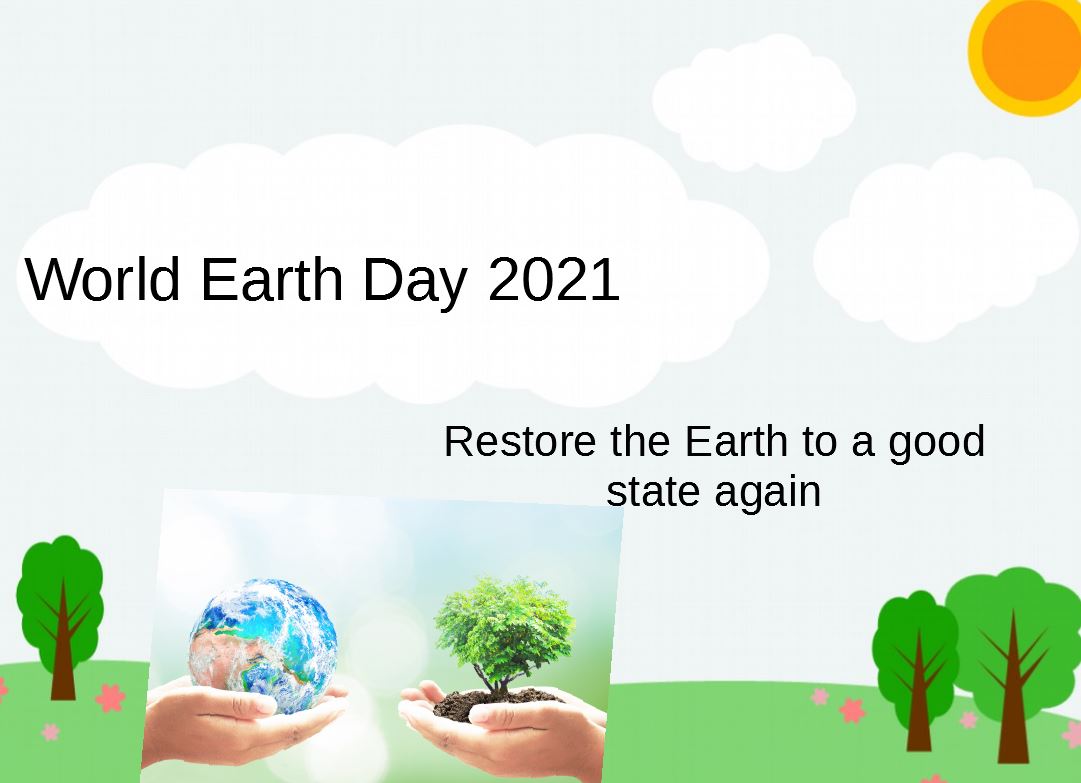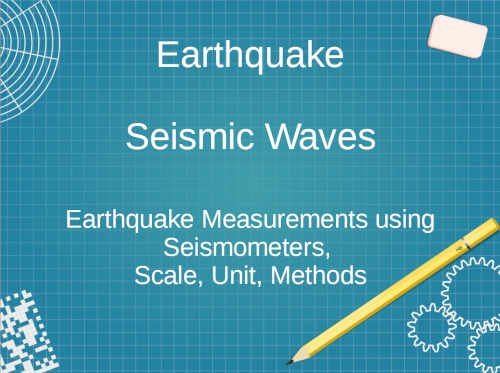Updated By: LatestGKGS Desk
Relationship b/w mechanical and chemical weathering in soil formation

The role of mechanical and chemical weathering in soil formation
Mechanical weathering is the influence of processes such as freezing and thawing, wetting and drying, and shrinking and swelling on rocks and other sediments, leading to their breakdown into finer and finer particles. Chemical weathering is the decomposition of rocks through a series of chemical processes such as acidification, dissolution, and oxidation. Some minerals, while stable within solid rock, become less stable on being more exposed to the atmosphere and so begin to alter in the rocks near the surface, destabilizing the rocks. Biological weathering is the effect of living organisms on the break down of rock. This involves, for example, the effects of plant roots and soil organisms.
Respiration of carbon dioxide by plant roots can lead to the formation of carbonic acid which can chemically attack rocks and sediments and help to turn them into soils. There is a whole range of weathering processes at work near the surface of the soil, acting together to break down rocks and minerals to form soil. These weathering processes have given rise to most of the world's soils.
Soil formation is a continual process. As rocks and sediments are eroded away, so more of the solid rock beneath becomes vulnerable in turn to weathering and breakdown. The natural processes of nature, in the form of wind, rain, snow, and ice, start to have their effect on these rocks and sediments as they 'come within their range'.
Once the process starts, then other physical, chemical and biological processes also start to contribute to the breakdown of the rocks, leading to the formation of the precious soil. Most of the tiny particles making up our soils will have started as solid rock. Little or nothing will grow directly in rock; before plant life can flourish the rock first needs to be broken down to form soil. It is true to say that weathering and the formation of soil provide an excellent example of the wonders of nature.


